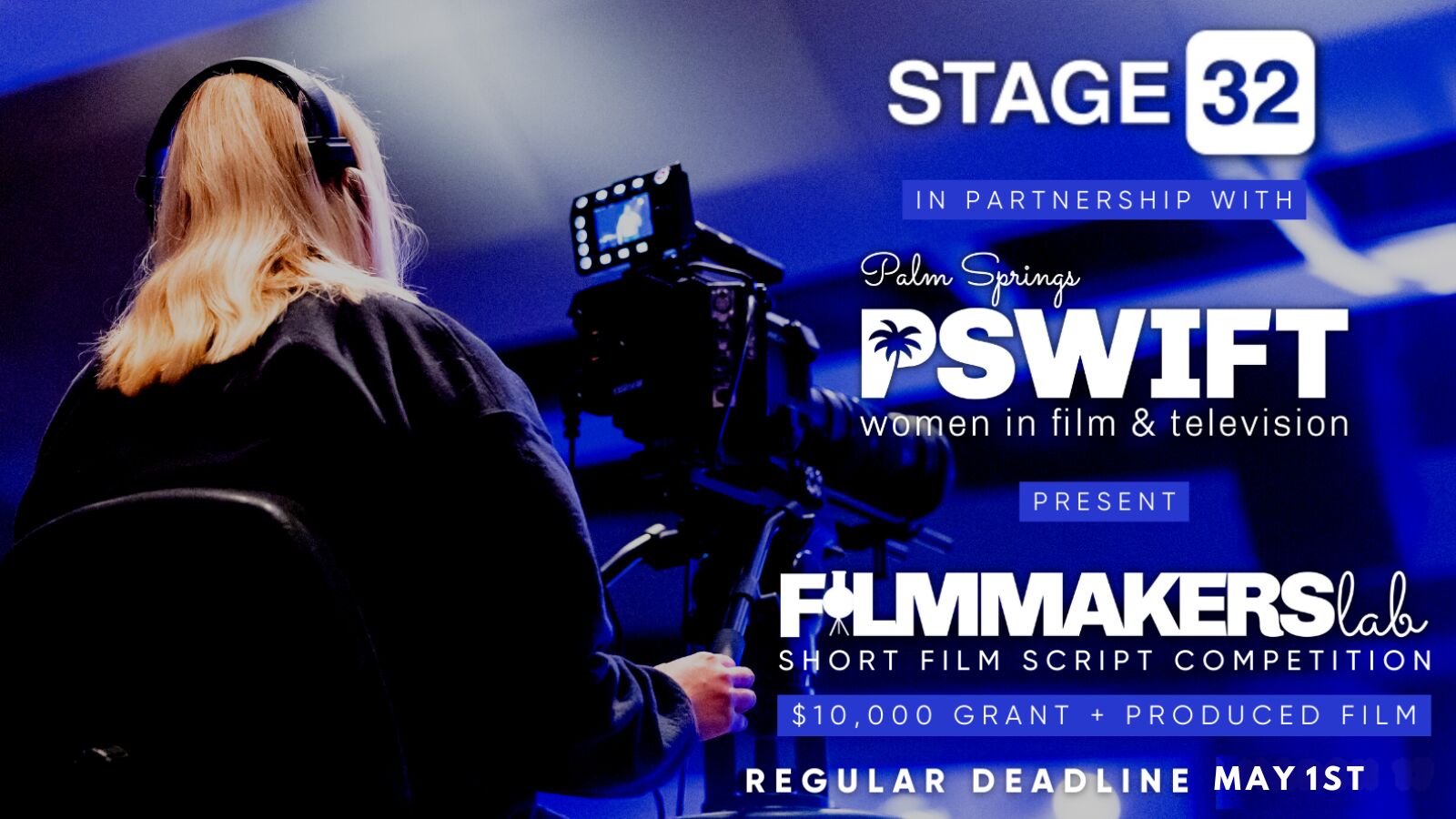Hello, I'm an aspiring screenwriter, and I would like to know if there are highly recommended classes for animation screenwriting. I have taken a general screenwriting class, but I have never taken a class on screenwriting for animation. Would this be required to submit an animated script?



Hi Sarah, I asked pretty much the same question in this sub-Lounge some time back. I mentioned the theoretical guideline that animation scripts should relatively overdescribe visuals, but it was quickly pointed out (correctly) that such a rule generally applies only to TV animation, which supposedly has fewer development resources between script and animator. Generally the consensus was that there is no difference between scripts for animation and live-action. All the same writing rules apply, even though the production methods differ greatly. I have a script that would have to be at least partly animated (villain a frightful 7-headed rodent), but I find that the hermetic nature of animation studios makes for an even more daunting challenge in getting said script into the right hands. Screenwriting is the easy part, it seems.
Thank you Alex. It's good to know that they are the same format. I agree with you, writing is the easy part, and marketing is trickier. I haven't quite got to that part yet, but I look forward to learning about that part.
1 person likes this
I'm pretty much in same boat with my writing. Though, I have heard online in various places that some studios - namely, Fox and Sony - are COMPARATIVELY more open to considering outside and/or original animated works than other studios like Dreamworks/Pixar/Disney. Of course, like any studio they like it if the project/source material/writer has some cachet already, but they aren't as fully in-house as others. But I think one of the better things to do is use your script as a writing sample, to interest representation, or at least to impress producers, who hopefully remember you the next time they need a writer.
Hi Sarah, we have a webinar on that exact topic here at Stage 32! https://www.stage32.com/webinars/Writing-for-Animation
1 person likes this
Hey Alex and Devon, as you've noted, the nature of getting a feature animation script set up at a major studio can be quite a different process than live action. For example, as you've noted, Disney Feature Animation develops in-house, right? You'd need what we'll call an in-house director to take your script or your book to the studio execs and say, "I want to direct this script (or this book). Buy it." So rather than pitching the studio directly or pitching to random producers, you could pitch to the director's agent or manager, and hope that you get past the gatekeeper. Hope that the director signs onto your project and takes it into the studio. Or try to secure representation by a place like The Gotham Group, which represents a great deal of animation talent and can help package your project.
1 person likes this
Sarah, to answer your question, an animated feature screenplay is formatted and structured exactly like a live action feature screenplay. It all comes down to story and with family films that story relies heavily on universal themes and core emotions. As for studio writing, the process is what varies greatly from live action. Let's take FROZEN as an example, Jennifer Lee got the job when during a story meeting she offered a take on it, she got into the story meeting as a writer on WRECK IT RALPH via an open writing assignment, she was not 'trained as an animation writer' The idea for FROZEN had been in development off and on for decades. It's true that often directors within Disney/Pixar/Dreamworks/BlueSky often pitch ideas, and if given the go ahead, a good portion of them write too -- this is because they have experience as story artists. Every animated film (even in the rare chance it starts as a spec script) gets input from story artists, this can range from something as simple as dialogue to as complex as adding new characters or sequences. The writer does not write a few drafts from his home office and is done with it as happens in live action. The animation writer is in the offices and produces new pages every time there is a note session or story presentation. The films typically get 'put up on reels' an average of 8 times before going into production because the production process is so expensive and labor intensive. What that means is the story artists board the script and the boards are shot and projected, over time scratch dialogue is recorded and rough animation is added until the process is complete. All the while the writer makes adjustments to the pages and works closely with the story team to come up with the best way to address notes.
1 person likes this
Laurie is a lot less lazy than I am! Kudos for taking the time to thoroughly explain! I might add that, as Laurie said, once the animated film project is in that pre-production phase she has described, with writer(s) influencing storyboards and vice versa, with the writer then "conforming" the boards with the script, etc., the production may employ "staff writers" (similar to TV shows employing staff writers) to perform the day-to-day conforming and to be a part of this story development work.
1 person likes this
As you've probably guessed, my above suggestion to, for example, try to hook up with a director in the Disney Feature Animation family is not exactly a high percentage play, but it is a legit way to crack the wall of "we only develop internally." You should know the bullseye is a relatively small one.